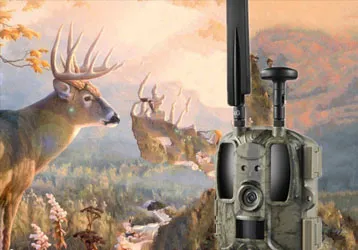Panda Home capturé par une caméra infrarouge
Récemment, le département des forêts a installé deux caméras à déclenchement infrarouge sur la falaise en spirale de la zone panoramique de Jinsixia dans la réserve naturelle provinciale de Xinkailing pour enregistrer les habitudes de vie des animaux protégés clés nationaux de deuxième niveau tels que le goral, le faisan doré, la pie bleue à bec rouge, le sanglier et les blaireaux sauvages en prenant des photos et des vidéos. C'est la première fois que des caméras à déclenchement automatique infrarouge sont utilisées pour photographier des animaux sauvages dans la nature.
Xinkailing réserve naturelle provinciale est située dans l'arrière-pays des montagnes de Xinkailing, au sud-ouest et au sud de Danjiang. Elle se trouve à 72 kilomètres de la ville et couvre une superficie de 14 963 hectares. Il se concentre sur la protection de l'écosystème forestier subtropical à feuilles larges du nord et est l'une des zones de distribution concentrées d'espèces animales et végétales rares dans les montagnes Qinling au Shaanxi.
In dernières années, plus de 10 géomètres forestiers du département des forêts ont effectué des travaux de recherche scientifique et de surveillance dans la réserve naturelle de Xinkailing, ajoutant 20 bornes limites, enterrant 203 piquets limites et complétant la disposition de 20 parcelles d'échantillonnage et 10 lignes d'échantillonnage ; mise en place de 3 points de surveillance de la faune et construction d'un système de surveillance intelligent. Sur cette base, du 12 janvier au 19 mars de cette année, le personnel du département des forêts a déployé 17 caméras à déclenchement automatique infrarouge dans la nature dans la réserve naturelle de Xinkailing pour améliorer le niveau de surveillance et de protection des animaux de la réserve, en particulier les animaux protégés nationaux.
According Wang Gang, ingénieur principal du Bureau des forêts, après avoir utilisé des caméras à déclenchement automatique infrarouge pour la surveillance, les goraux ont été photographiés à plusieurs reprises dans la zone tampon et dans certaines zones expérimentales de la réserve. Selon la découverte de nombreuses excréments goraux, le nombre de goraux dans la réserve devrait être relativement important. Ces dernières années, avec la mise en œuvre de projets tels que le projet Tianbao et le projet de restauration de la végétation de protection écologique de Qinling, la végétation et l'environnement écologique de la réserve ont été restaurés, offrant un bon cadre de vie aux animaux sauvages. Le nombre de populations d'animaux sauvages a continué d'augmenter, ce qui indique que la biodiversité de la réserve de Xinkailing a été protégée et que des animaux sauvages rares peuvent survivre et bien se reproduire dans la réserve.





















